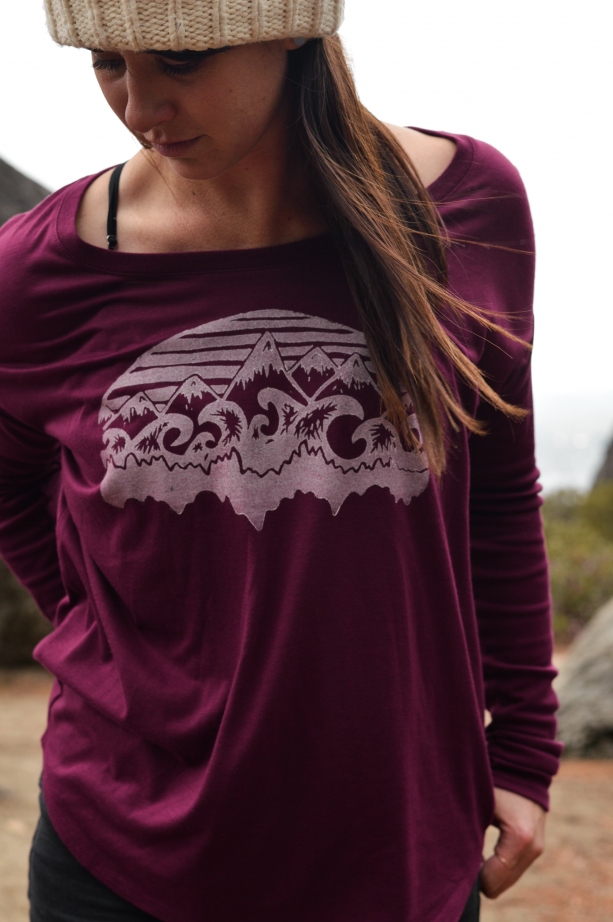
If you are a creative and want to get into the blogger/influencer industry, getting paid is the goal. The first thing to know is that it is a wildly popular and saturated market. To stand out you are going to have to work hard and have a good plan.
The second thing to know is all those blog posts and social media gurus who claim “companies want to pay influencers and content creators” are wrong. Companies do not want to pay you. Big (and small) companies will want you to do the work for free, it’s up to you to negotiate and ask to get paid.
When I was starting out as a blogger I read so many articles and blogs touting the “post it and they will come” mentality. This is just straight-up false. So this is the article I wish I’d read back in 2016. I’ll cover the realities of the ‘influencer’ market, how to get started, and how to work your way up the proverbial content creator ladder.
For the purpose of this post, I’m going to use the word “influencer” to refer to any kind of content creator that publishes on the internet. “Influencer” can encompass everything from Instagrammer, to blogger, to YouTuber, to designer, to photographer. If you are putting your creative work out on the internet with the intent to make money you are an influencer in some way.

No One Wants To Pay You
No matter what the blogs and articles and “successful” influencers say, no one is going to want to pay you. I don’t say this to dishearten you, I say it because companies who use influencer marketing are businesses, and businesses are out to make money. So if they don’t have to pay for something they won’t. There are tons of starry-eyed wannabe influencers out there working for free (or for “exposure”) so why should they pay you for it?
I have never been approached by a company and offered money for work. The pitch is always something like ‘would you do this for free products’ or ‘become a brand ambassador, you get 35% off products if you post about them’. These are both common tactics in the influencer marketing world that I’ll go over in a minute.
There are three basic ‘rungs’ on the influencer ladder. The first and where most people will start is Pay to Play. These are the brand ambassadorships and “collaborations” that have you buy the products at a discounted rate to then create content with them and post on your channels. The second rung is Free Stuff, and it’s pretty straight forward, companies offer you free products in exchange for content. Getting paid is the top rung. Having companies and brands pay you to create content is the goal.
Let’s go over what all these things really mean and what these types of projects entail.

Pay to Play
Pay to Play gigs are a good place to start if you don’t have a ton of experience. You can choose brands you like and fit into your aesthetic and niche to promote. You’ll then get those products at a discounted price. You should be using these projects to really build up your portfolio and resume with the types of content you want to create and the type of brands you want to work with. With these kinds of brand ambassador programs you really don’t work with the company, you are just creating content with their products for your own channels.
There are two types of Pay to Play marketing strategies, voluntary and predatory. Voluntary is when you find brands you want to work with, they clearly state what their ambassador program is, what you would get out of it and what they get from it. Usually, they’ll have a section on their website with all the info and a way to apply to the program.
Predatory is when a company reaches out to you pitching “collaborations”. They make it sound legit and like it might be an actual paid project. They won’t give you any information about this supposed “collaboration” but instead will just tell you to buy their products. Let’s be lets get one thing straight, asking a creator to buy products and then advertise them is not a collaboration. Another thing to note is that a lot of times these emails are automated, it’s not a real person reaching out to you. You can tell if it’s one of the automated emails because there is an “unsubscribe” button at the bottom of the email.
Below is an example of a pitch for a”collaboration” that is really just an email drip campaign to get you to buy the product. I will admit that I was fooled by it at first thinking it could be an actual project.

Free Stuff
Getting free products is obviously better than having to pay for them to then create content with them. This is a better resume builder than the Pay to Play because you don’t have to spend any money. However, you do have to do a bit more work to get clients and projects. Companies don’t want to send out free products to just anyone without the promise of some kind of return. So when you are pitching companies to work with, have a plan, and specify what you will deliver. This will also make you look more professional and make companies more inclined to pay you at some point.
There are tons of sites and companies that act as basically a marketplace for content creators and brands. Sites like, Cooperatize, AspireIQ, and AmbassadHer are all marketplaces where brands post projects, and you as the influencer can apply to them. Some of the opportunities are paid, most of them are for free stuff though. This is a good place to start building relationships with brands as well. If you do good work for a brand for free products it is easier to pitch getting paid on the next gig since they know that you can deliver.
I will say that using these sites can be a bit tedious. Scrolling through tons of projects for diet teas and vacuum cleaners probably isn’t what you thought you’d be doing as an influencer, but it’s part of the process. When you do find a good project that fits in with your vibe it’s awesome. Also be wary of sites that have a membership fee. You might get access to better projects, but unless those projects are paid, you’re just paying someone else so that you can work for free.

Getting Paid
The dream, getting paid to create cool stuff. Like I said earlier, there are a lot of influencers out there creating stuff for free so to get paid you are going to have to prove that you are worth it. There are a few different metrics for proving your worth in this wildly saturated market. The obvious one is follower count. The bigger your following on your preferred platform the more reach you have to sell. But it’s not all about followers, the market is really starting to shift its focus more to engagement stats. Are your followers loyal and engaged? Even if you only have a few followers, if they are your biggest fans that means a lot to brands. This has also spurred the rise of the “micro-influencer”. Influencers with smaller follower counts but big engagement.
The best way to prove your worth though is by doing excellent work. Whether its amazing photos, captivating writing, or engaging graphics, if you do awesome work things like followers and engagement don’t really matter as much. The difference is, a brand will pay you for your skills and what you can produce for them rather than your audience. It’s better to sell your skills rather than your fans.
So maybe you have one or all of these qualities, where do you go to get work? At this point, you’ve probably been in the industry a little bit and so you can get some word of mouth tips from friends and colleagues about projects. You can also use those marketplaces I mentioned before but refine your search to only paid projects. If you’ve got a good idea for a project you can also straight-up pitch the brand on your own. The cold email route is risky and generally has a low success rate, but you miss 100% of the shots you don’t take right?
Pitching
If you are going to pitch a brand on a project make sure your idea is completely tailored to them and their goals. Brands get tons of shitty pitches from wannabe’s just looking to make a quick buck or get some free stuff. Cue all those viral memes about bloggers wanting free five star hotel stays for an Instagram post. To be a professional you have to act like one so have an excellent pitch as well as a media kit(a sort of influencer resume) to present to a brand.
When you are in talks with a brand about a potential project make sure to be clear about your rates. You might have to do some negotiating but it’s worth it. Some brands will decide not to work with you if they have to pay you. You have to be ok with walking away if your goal is getting paid. I’ve had to stop conversations with brands about a project because every time I brought up money and my rates, they’d ignore it and email about another aspect of the project.
Getting paid is hard, but if you produce good work and are upfront about your rates you’ll eventually find brands to work with that respect you as a creator.

Hopefully I didn’t just dash all your Insta-famous dreams here, but I do hope I gave you a good reality check on what it will take to make ‘content creator’ your profession or even just your side hustle. Even in a saturated market like this, there is always room for more because everyone has a different perspective. If you can use your unique voice, original designs, or creative eye to stand out why not make some money with it.
READ MORE:
How to Start a Creative Career
The Best Digital Nomad Jobs (by Category)
How to Work From Home or Anywhere
Like this post? Pin it!












Pingback: The Best Digital Nomad Jobs (by category) - Nattie on the Road
This was an inspiring read! Your journey into content creation is motivating. Could you share more about the obstacles you faced initially and how you overcame them?